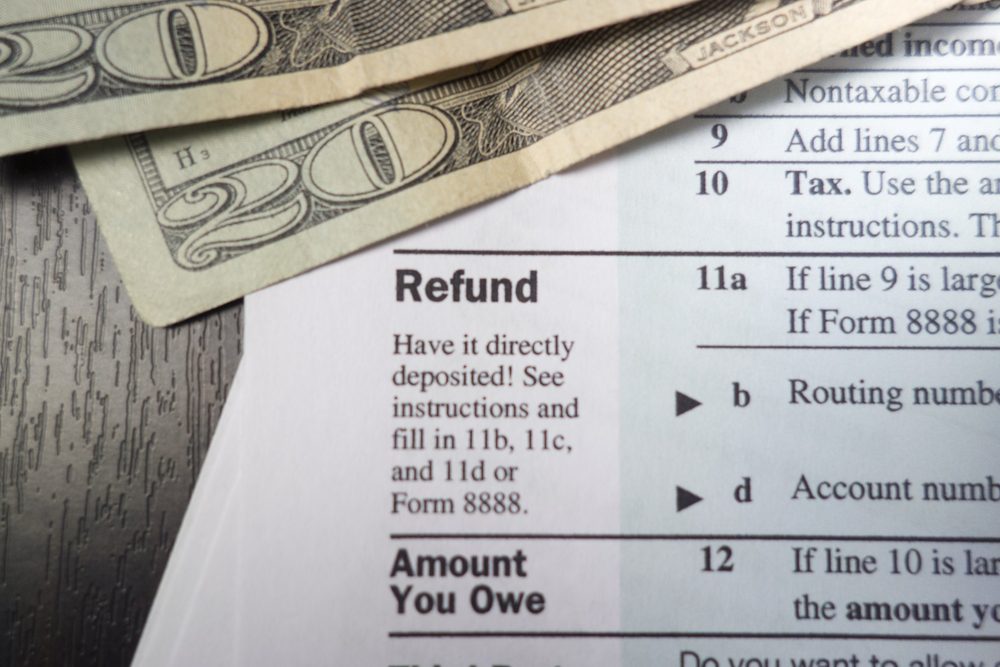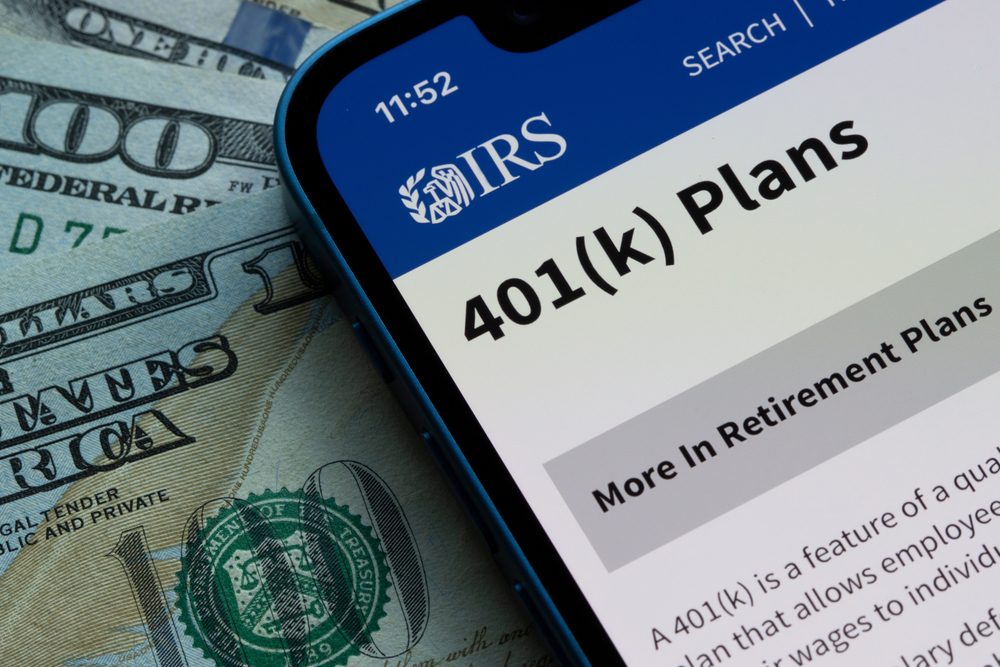
“Free money from the government? That’s a scam, right?” This kind of reaction is actually normal considering the increasing number of scammers who try to steal your money and your information with promises of free cash from the government.
But there are also several legit ways your Uncle Sam can give you some money with no strings attached. The stimulus checks are an obvious example. However, you may also get some money if you need some help with your monthly bills, buying your first home, or preparing to go to college.
The 2022 holiday season won’t be easy for millions of Americans who’re already struggling with skyrocketing inflation. One option would be to reduce spending, while another would be to seek government financial support.
Depending on several factors like your income and household size, you may be eligible to get free money from the government’s various programs — especially if you haven’t filed your 2021 taxes.
Here are 8 completely legitimate ways you can get free money from the US government!










There are no ways listed.?????
How do I get information to see if I’m eligibilable for the Weatherization program?
Being unemployed at this time. this could really help out